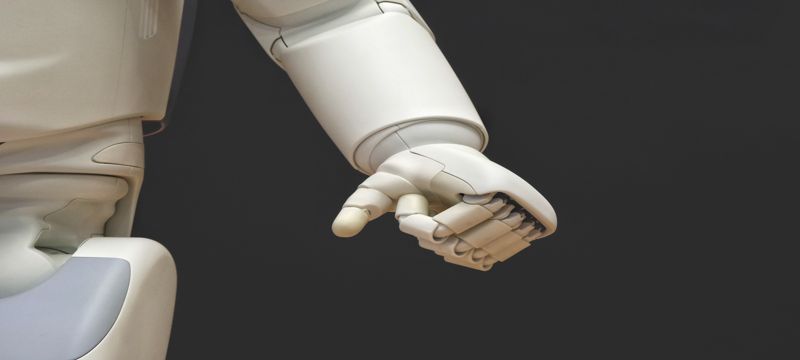
What is Robotics?
Robotics is the intersection of science, engineering and technology that produces machines, called robots, that substitute for (or replicate) human actions. Pop culture has always been fascinated with robots. R2-D2. Optimus Prime. WALL-E. These over-exaggerated, humanoid concepts of robots usually seem like a caricature of the real thing...or are they more forward thinking than we realize? Robots are gaining intellectual and mechanical capabilities that don’t put the possibility of a R2-D2-like machine out of reach in the future.
As technology progresses, so too does the scope of what is considered robotics. In 2005, 90% of all robots could be found assembling cars in automotive factories. These robots consist mainly of mechanical arms tasked with welding or screwing on certain parts of a car. Today, we’re seeing an evolved and expanded definition of robotics that includes the development, creation and use of bots that explore Earth’s harshest conditions, robots that assist law-enforcement and even robots that assist in almost every facet of healthcare.
We’re really bound to see the promise of the robotics industry sooner, rather than later, as artificial intelligence and software also continue to progress. In the near future, thanks to advances in these technologies, robots will continue getting smarter, more flexible and more energy efficient. They’ll also continue to be a main focal point in smart factories, where they’ll take on more difficult challenges and help to secure global supply chains.
Though relatively young, the robotics industry is filled with an admirable promise of progress that science fiction could once only dream about. From the deepest depths of our oceans to thousands of miles in outer space, robots will be found performing tasks that humans couldn’t dream of achieving alone.